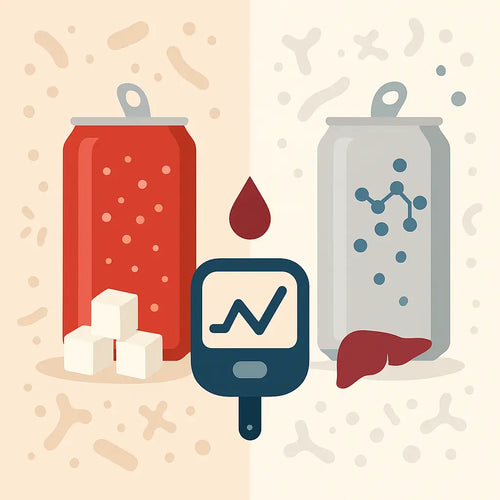No products in the cart.
Many studies rely on food questionnaires to calculate omega 3 fatty acid intake, but questionnaires can never be as accurate as a blood test. The reviewed research is especially interesting. Not only were blood levels of omega 3 fatty acid measured: 3660 participants also had MRI scans of their brains at the start of the study and were even rescanned 5 years later (Virtanen JK,et al. 2013).
When comparing participants with the highest level of omega 3 fatty acids to participants with the lowest levels, the ones with the highest levels had a 40 percent lower occurrence of mini strokes.
Higher omega 3 fatty acids are also associated with improved white matter of the brain. White matter is the nerve fibers and the myelin sheath, providing insulation and acceleration of impulse conduction.
The omega 3 fatty acids referred to here are the ones found in fish. The plant derived fatty acids, even though some of them will be converted to EPA and DHA the active ingredients in omega 3 fat, did not show the same benefits.
More and more evidence confirming the health benefits of omega 3 fat is appearing all the time, and this study is another example.
Virtanen JK, Siscovick DS, Lemaitre RN, Longstreth WT, Spiegelman D, Rimm EB, King IB, Mozaffarian D. Circulating omega-3 polyunsaturated fatty acids and subclinical brain abnormalities on MRI in older adults: the cardiovascular health study. J Am Heart Assoc. 2013 Oct 10;2(5):e000305. doi: 10.1161/JAHA.113.000305. PMID: 24113325 [PubMed – in process]









